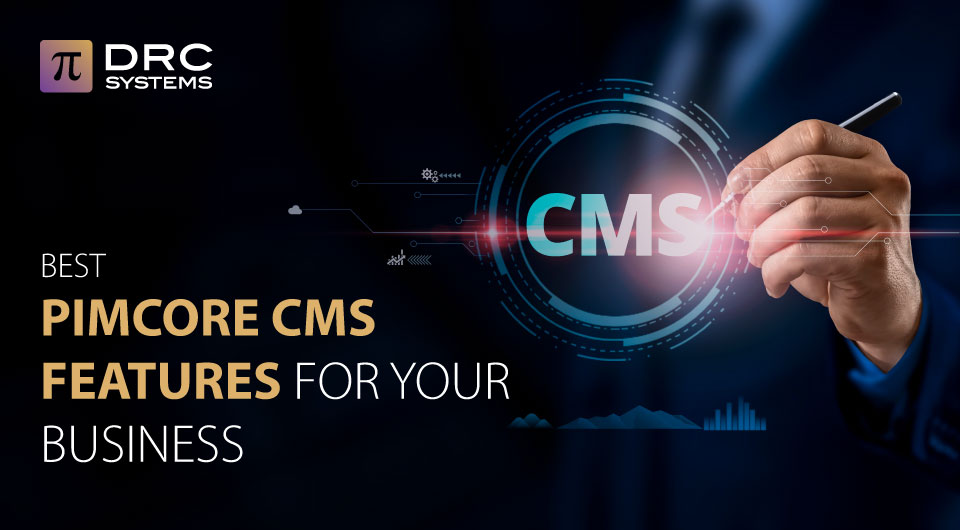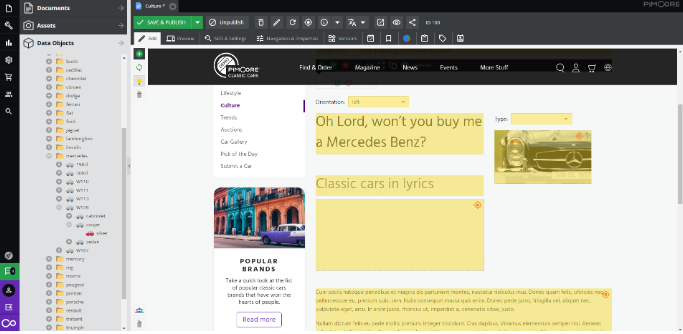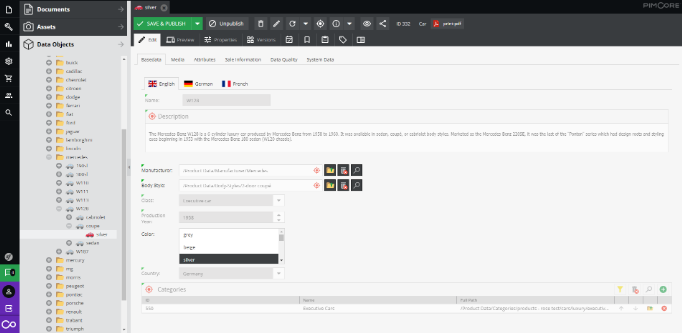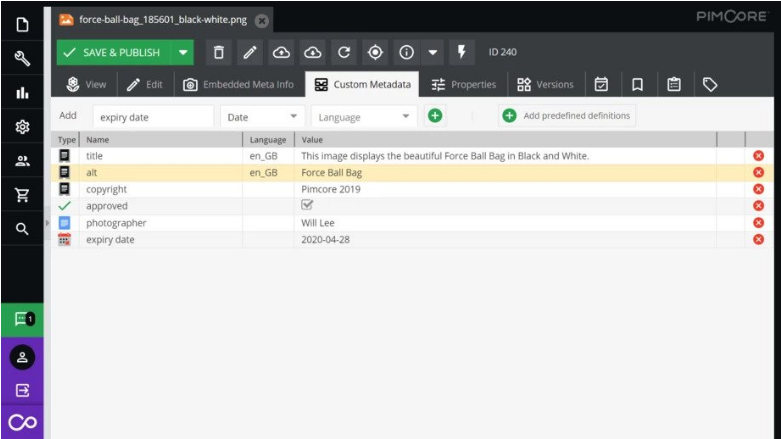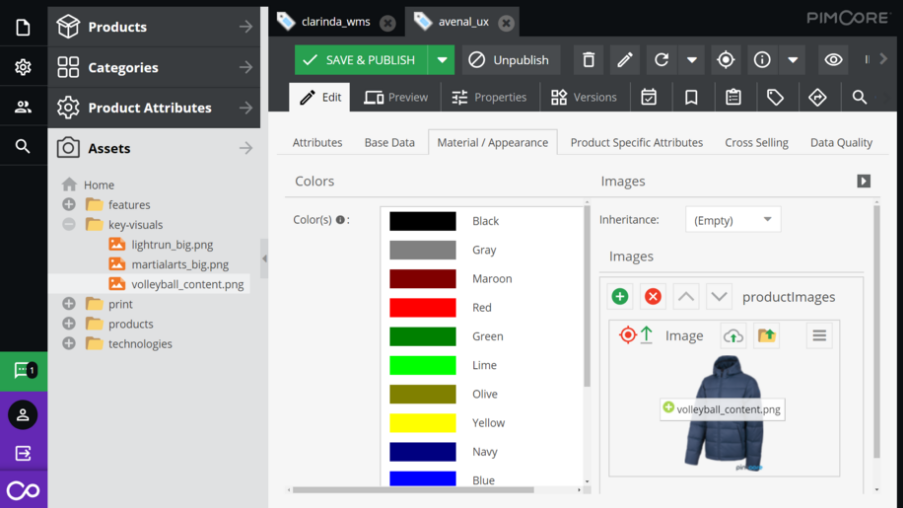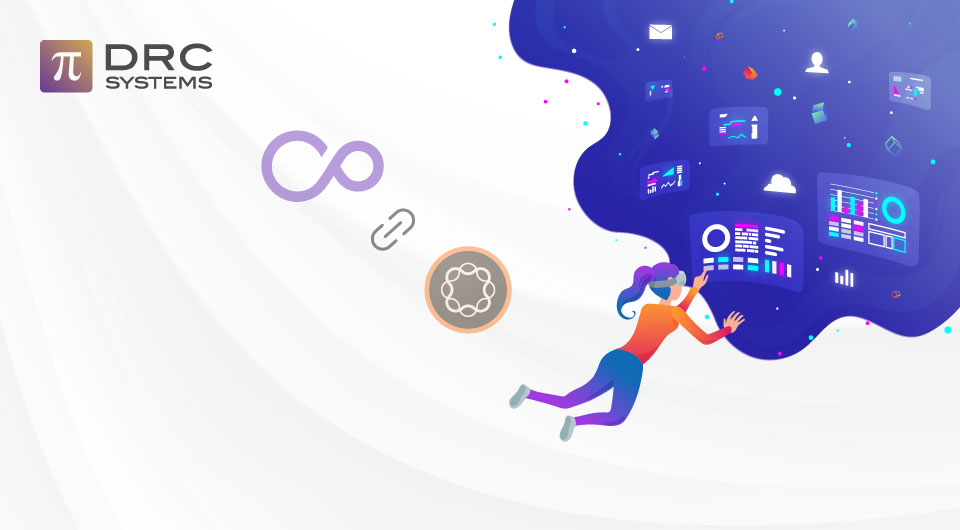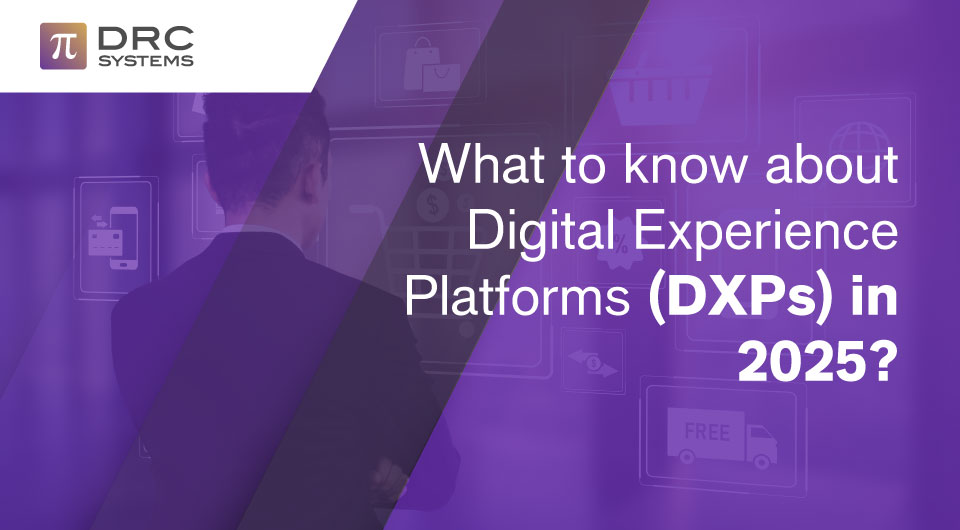Related Articles
Optimising Digital Experiences with Pimcore and Adobe Experience Manager
If you know how strong Pimcore and Adobe Experience Manager (AEM) are, you will know the superpower you possess by…
Read The PostScaling Globally with Pimcore: Multi-Language and Multi-Currency Features That Matter
It’s a huge leap for a business to go global. It signifies that your business is now welcoming a larger…
Read The PostDigital Experience Platforms (DXPs): What You Need to Know in 2025
Studies show that 93% of companies experiencing data loss for more than 10 days may face bankruptcy within a year….
Read The Post
